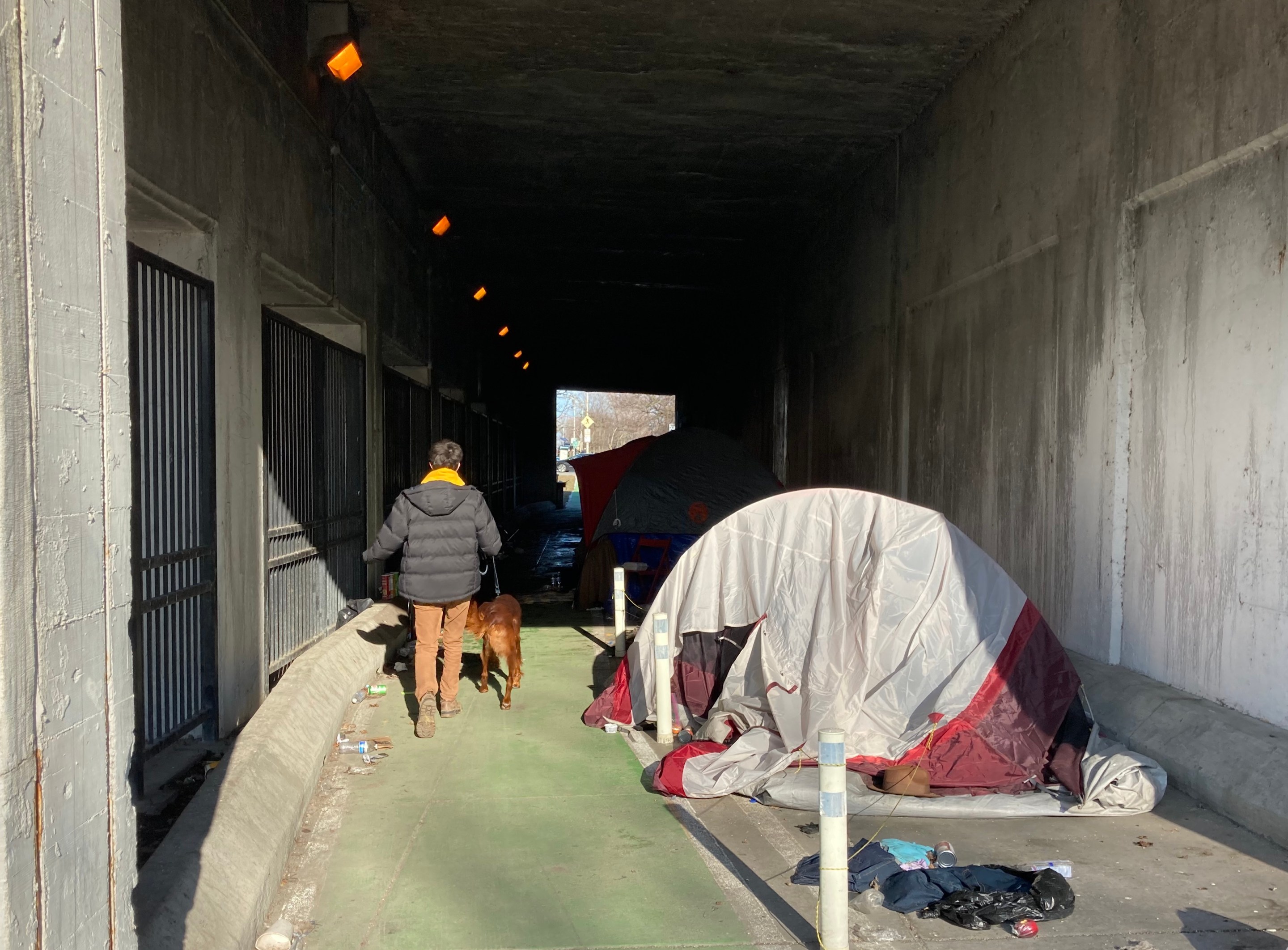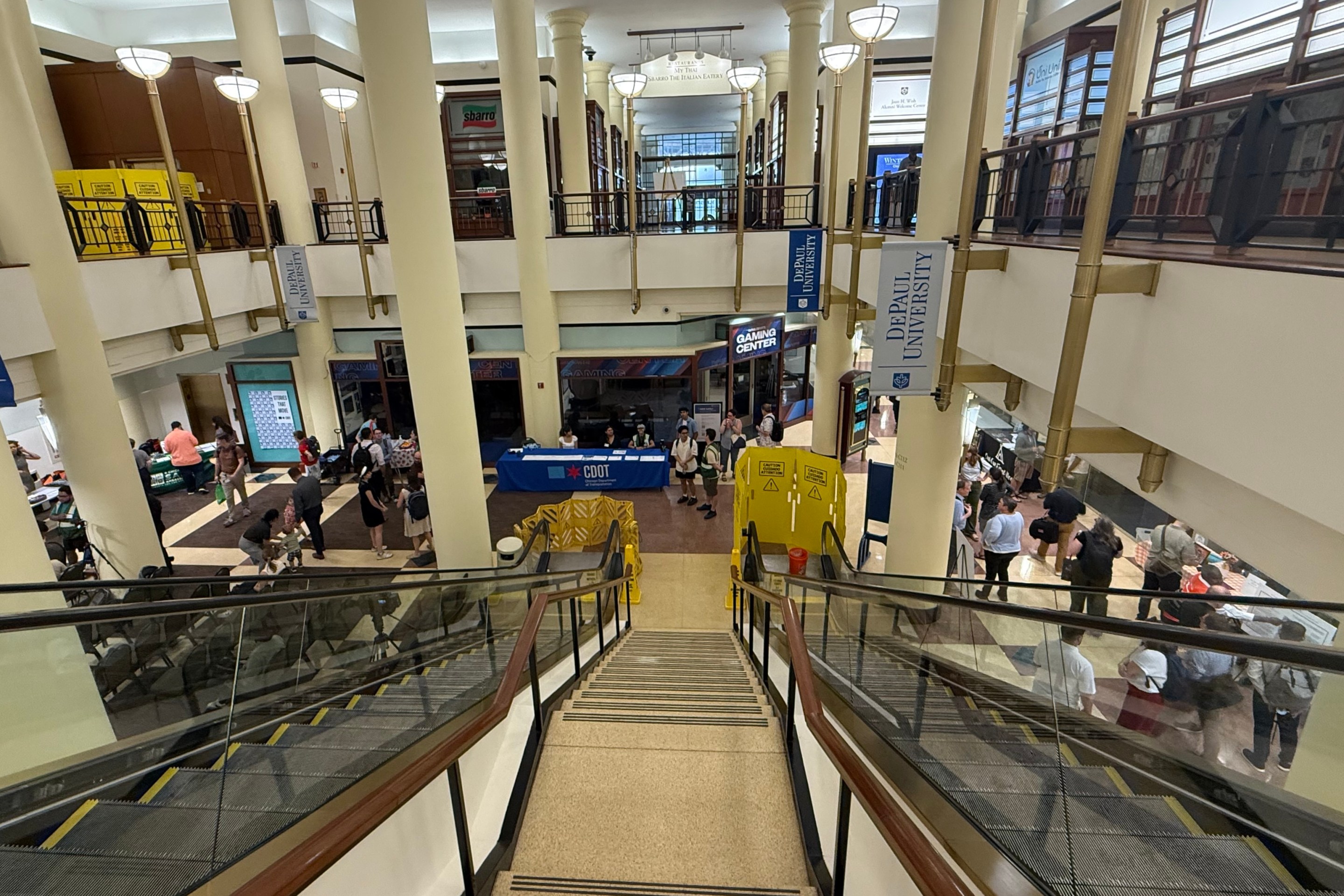At yesterday's press event for the reopening of the Leland Avenue Slow Street (the city calls them "Shared Streets"), I talked with 46th Ward alderman James Cappleman, whose district includes of parts of Uptown and adjacent neighborhoods, about other bike and pedestrian initiatives. At the end of the conversation, we discussed the extremely controversial installation of sidewalk bike lanes in the Lake Shore Drive viaducts of Lawrence and Wilson avenues, which many have argued was an (ultimately unsuccessful) strategy to displace homeless encampments. Following the transcript of our conversation, I'll provide the response to Cappleman's comments on the underpass issue from the Chicago Coalition for the Homeless, which sued the city over the project.
John Greenfield: You folks are having the Leland Slow Street in your ward again, so that's east of Clark Street [to Sheridan Road.] What kind of feedback did you get on it last year?
James Cappleman: It was mixed, but mostly very positive, and that's going to be the case in any area. But it made sense to a lot of people, especially because Leland goes right to the lake, so most people liked it a lot.
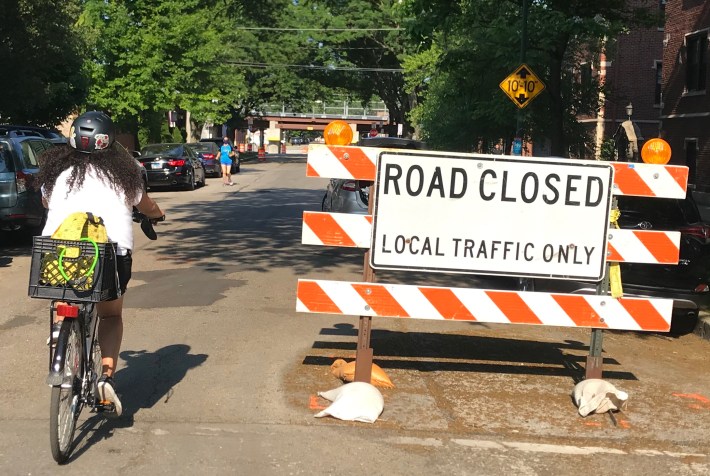
JG: Are any other streets in your ward getting a Slow Street treatment this year?
JC: I think Leland is the only one.
JG: Are any other bike or pedestrian initiatives happening in your ward this year, any new bike lanes or sidewalk bump-outs and crosswalks?
JC: We're looking at some new bump-outs at Sheridan and Dakin [just south of the Sheridan Red Line station], and oddly enough that's very controversial. It's just bump-outs to slow down traffic at an intersection [and shorten pedestrian crossing distances.] I was surprised, I had a lot of residents who were very upset by it, they didn't want it.
JG: What were the arguments people made against the bump-outs?
JC: They were upset that [the Chicago Department of Transportation] didn't include [the residents] in the traffic study. But CDOT typically doesn't ask for advice, they use data. A lot of people don't understand traffic studies.
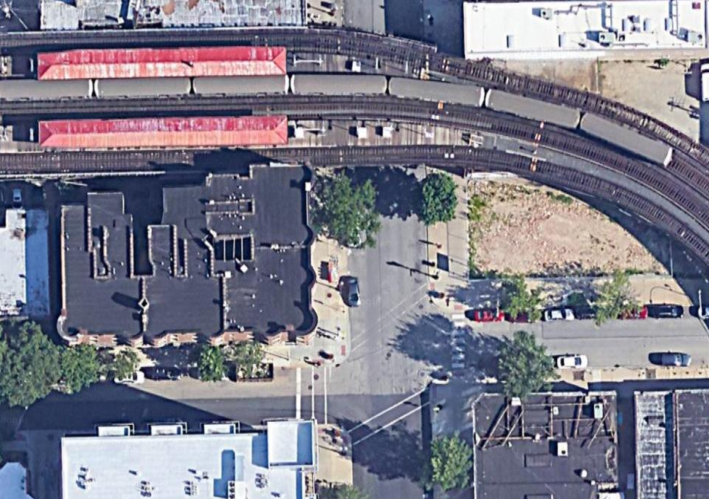
JG: Are any car parking spaces being converted for the bump-out?
JC: I think there's a loss of some parking, and parking is pretty tight. If you want to get someone upset, remove their parking.
JG: Are the bump-outs going to be done with concrete, or paint and flexible posts?
JC: My understanding is concrete.
JG: So that's a place where people requested an easier pedestrian crossing?
JC: Yeah, and I think [bump-out are planned for] Sunnyside and Clarendon [by the Clarendon Park fieldhouse], I'm not sure if they've been put in yet. Bump-outs were just installed at Kenmore and Lawrence [two blocks east of the Lawrence Red Line station], and they're redoing that and will be installing a bike lane on Kenmore, to join the one in the 48th Ward [north of Argyle Street.]
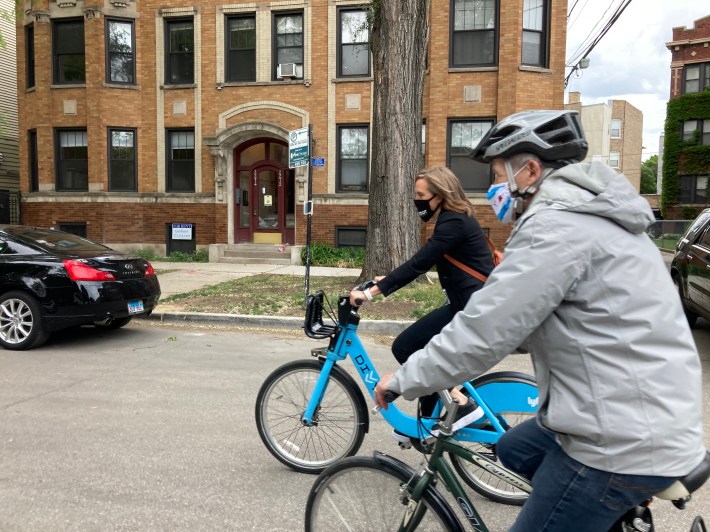
JG: So the Lawrence stop, which is currently being rebuilt, is in your ward.
JC: Yes, and we just got the Wilson station reconstructed. We're trying to get the Sheridan stop rebuilt, and that's frustrating. It's not [Americans With Disabilities Act] compliant, and if you do any work, it triggers the ADA [requiring the CTA to spend millions more to install elevators], so they can't do any work on it and it's in horrible shape.
JG: What kind of comments have you been getting from residents and merchants about the Lawrence station closure?
JC: We've not had many complaints. Communications have been really, really good. People understand it. We're working a lot with Uptown United to help the businesses in the area. And we want to put up some lighting and artwork that will make walking from between Lawrence and Wilson really nice for people.
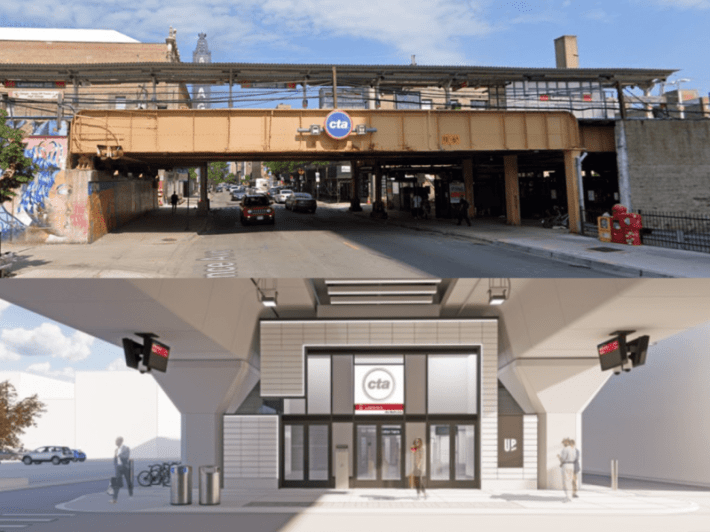
JG: So you've got not a great situation in the Wilson and Lawrence underpasses, in that there are the sidewalk bike lanes, you've got the homeless encampments there, and between the bike lanes and the encampments it's difficult for people to walk there, especially during the pandemic when people have been concerned about social distancing. So I've seen some people walking in the street instead of walking in the bike lanes.
JC: A lot of people do. I've seen families with strollers.
JG: Is anything in the works to try to address that in a humane manner?
JC: So there have been some suggestions [to move the bikeways to the street as protected bike lanes.] Part of the issue that CDOT saw is that when you're going there in the afternoons there are shadows and it gets dark and you can't see, so if someone was riding there bike there they could get hurt by a car. Because the sidewalk was so wide, they wanted to put the bike lanes on the sidewalk with the pedestrians.]
But, since [the sidewalk bike lane installation], people started sleeping there [again.] The dilemma that we have as a city is that the ADA Act has a clause in it that says we have to enforce [laws keeping sidewalks clear,] At the same time, people experiencing homelessness do have a right to live on the street. But court decisions have said that they have to leave the area if housing is offered to them. And these individuals have been offered housing and some of them are refusing. So that's the dilemma that we have. We certainly want to be respectful of people living on the street.
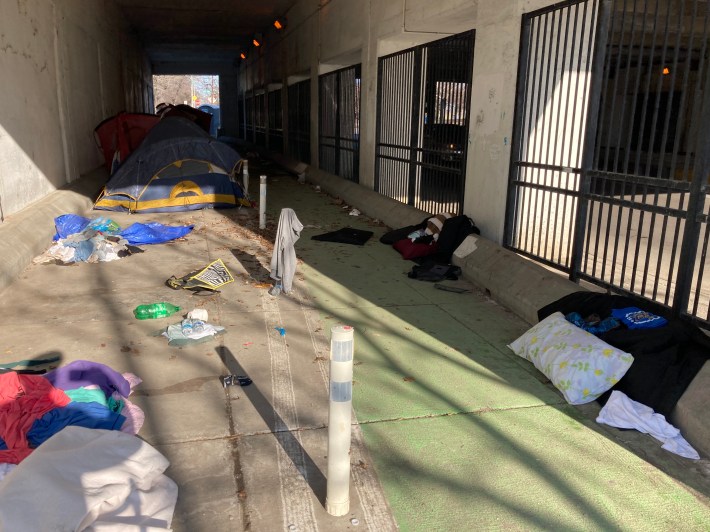
JG: What sort of things have people said about why they don't want the housing?
JC: Everybody has all kinds of reasons about why they don't want it. Some don't trust it. Some believe the things that they like to do, they wouldn't be able to do in housing. They are nervous about restrictions. When we housed a total of 96 people living under the viaducts in 2017, they had a hard adjustment. They had to sleep with their doors open because they weren't used to such enclosed surroundings. They also developed a sense of community [in the encampment] that they didn't have there. Some of them don't want to lose their friends.
Here's the response to Cappleman's comments from Patricia Nix-Hodes, director of the Law Project of the Chicago Coalition for the Homeless"
“People experiencing homelessness want and need permanent housing. It is simply false to claim otherwise. The city needs to create significant dedicated funding for permanent housing for Chicagoans who lack housing, including those living in the street.
In an effort to remove people experiencing homelessness, the city intentionally chose to narrow the wide sidewalks that existed at the viaducts by installing bike lanes on the sidewalk. It is disingenuous to now raise an ADA issue. The city could have easily created protected bike lanes on the street.”
